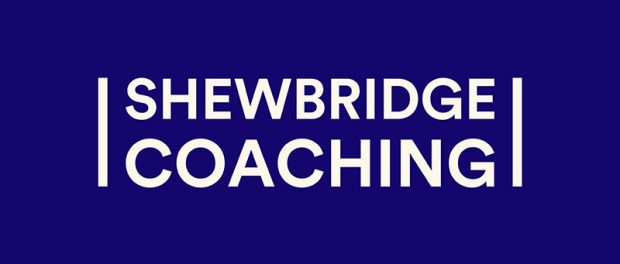How to Ace Your Next Construction Industry Interview

At last. After applying to pretty much every relevant job you could find, you’ve finally landed an interview for the ideal position. Now all you need to do is learn your answers to every question they could possibly ask you and you’ll walk it.
Right? Wrong. You see, so many people think of an interview like an exam – probably because they make us feel so nervous – but that’s not the right way to look at it. Whilst there might be a separate technical interview, which will test you on your knowledge, the main event is a sales pitch and needs to be approached as such.
When it comes to selling anything, there is an old adage that customers buy on emotion and justify with logic. This means that you have to be aware of the emotional aspect of the interview and how the hiring decision will be made. How? Simple. Make sure you have a clear answer to these two questions:
- What are the interviewer’s pain points?
- How are you going to address them?
This is just another way of thinking about the value that you offer to the company, but it helps you answer the questions in a natural, convincing way. So let’s have a look at the first one.

Luckily, in construction, it’s likely that the person leading the interview will be a senior member of the team you’ll be joining, so think about someone you’ve worked with in a similar position; what were their particular bugbears? What got them really hot under the collar? These are their pain points. It’s likely that your interviewer has similar pain points and, if you can show them that you will either prevent those things happening or solve them when they do, they’ll want to give you the job. You’re looking for things that cause typical nightmare scenarios, like constant delays and communication breakdowns.
You should also be looking at the company website to get an idea of recent projects; this will help you work out what difficulties they might have faced recently.
Also, ask your friends and colleagues. If they haven’t already complained about these issues over a pint, they’ll be more than happy to next time!
Now, after all this, you should have a really good idea of what your interviewer’s pain points are, so now it’s on to question 2. A great way – some would say the only way is to use the STAR technique. This lovely little strategy is all about thinking how you solved, or helped to solve similar problems in the past. It’s an acronym, and the letters stand for:
S. Situation – What was the problem or potential problem? i.e Change in the job specs
T. Task – What was your responsibility? i.e Integrate the changes into the project
A. Action – How did you do that? i.e Hold site meeting to communicate the changes
R. Result – Was the change successful? i.e Change didn’t add delay to the project
Now, if you can, it’s great to add ‘the icing on the cake’ – an additional bonus that your work created: ‘and because the project was simpler after we made these changes, we managed to save an additional X thousand pounds.’ This makes your success story even more memorable.
Try to gather a few of these STAR stories together, covering the full range of situations you are likely to face in your new job; these will mean that the interviewer can justify offering you the job.
Good luck!
